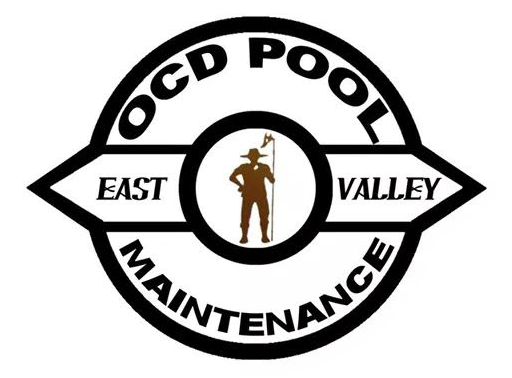Did you know that 99% of all pool failures are caused by soil issues under the pool? This surprising statistic shows how important it is to fix the root causes when repairing the pool bottom. Whether you’re changing from a sand base to a happy bottom and cove or want a smooth surface for a new liner, restoring the pool bottom needs careful attention.
Each hour without water increases the risk of an old liner shrinking and becoming brittle. This makes it crucial to repair the pool surface quickly and effectively.
By following these steps, you can make your pool last longer and ensure a durable surface. Let’s explore the key steps and considerations for fixing your pool’s bottom.
Key Takeaways
- Visual inspection is the first step to finding a leak in a pool liner.
- Repairing a pool liner can be more cost-effective than buying a new liner or pool.
- DIY pool liner repair is a quick, inexpensive option for maintenance.
- Evenly distributing and smoothing sand is crucial for effective pool bottom restoration.
Identifying the Problem: Recognizing and Locating Leaks
Spotting leaks in your pool often begins with noticing water around the pool or a drop in water level. Look for wrinkles or tears in the liner, as these usually point to leaks. The dye test is a helpful method to find leaks. It involves adding colored dye to the water near suspected leak spots. If there’s a leak, the dye will move towards it, showing where it is.
Finding leaks early is important because pools can lose a lot of water quickly. An evaporation calculator can help figure out how much water loss is normal. Leaks can cause problems like cracks in the pool and algae growth. They can also lead to wet spots in the grass and higher water bills.
Standing water near pool equipment might mean there’s a leak in the pipes or near the pump. In hot weather, a pool can lose a lot of water to evaporation. Pools can have more than one leak, and leaks under the equipment pad or pool deck can damage the concrete.
Fixing leaks at the bottom of the pool requires knowing where they usually happen. Leaks are often near the skimmer, drain, or return pipes. Pool light leaks are hard to find and can’t be tested with dye.
Vinyl liner leaks often happen in stretched or gasketed areas. Most leaks are not in the underground plumbing. The most common leaks are just beneath the equipment pad where pipes turn vertical. If the pool leaks mostly when the pump is running, the leak might be in the filter valve or return lines. If it leaks when the pump is off, it could be in the suction lines. If it leaks all the time, it might be in the pool shell.
Essential Tools for Pool Repair
Effective pool repair needs the right tools. You’ll need waterproof tape for quick fixes and vinyl patch kits for bigger repairs. Each tool has its own role in keeping your pool in top shape.
Underwater cordless grinders are great for concrete pools. They’re safe and efficient, with 65% of pool service companies using them. Also, 75% of pool technicians say a cordless drill is key for vinyl liner work.
Knowing how to repair the pool bottom is crucial. Patch kits are perfect for fixing punctures, coming in sheets or liquid. Epoxy-based kits are best for small leaks and tears in vinyl liners.
A 10” pipe wrench is a common tool for repairs. You’ll also need screwdrivers, pliers, and electric testing meters for different tasks. Using a 4” trash pump can speed up water drainage, making repairs faster.
For fixing leaks in the pool bottom, have the right tools ready. A set of seals, gaskets, or O-rings can stop leaks in pool equipment. High-quality epoxy bond pool putty is strong for concrete repairs. Regular water testing helps prevent future repairs and keeps your pool lasting longer.
Technology can also help with repairs. About 90% of service companies give smartphones to their techs. This improves communication and access to important info. Using pool service software can also make managing services better and cut costs. Following these tips and using the right tools and methods will help you fix pool bottom issues efficiently and keep your pool in great shape.
Conclusion
Fixing the bottom of a pool might seem hard, but it’s doable with the right tools and knowledge. Knowing how to spot damage and follow repair steps helps keep your pool in top shape. This guide has shown you how to fix your pool’s bottom and make it last longer.
Gunite pools are very durable, lasting 30 to 50 years or more. But, they need regular care, like replastering every 7 to 15 years and repainting every 5 to 7 years. Keeping your pool clean with tools like telescopic poles and brushes is key to avoiding big problems.
Using automatic pool cleaners makes keeping your pool clean easy. These cleaners come in different types for different pools and needs. Regularly cleaning filters and checking pumps also helps keep your pool in great shape. With these steps, your pool will be a fun and refreshing spot for years.



